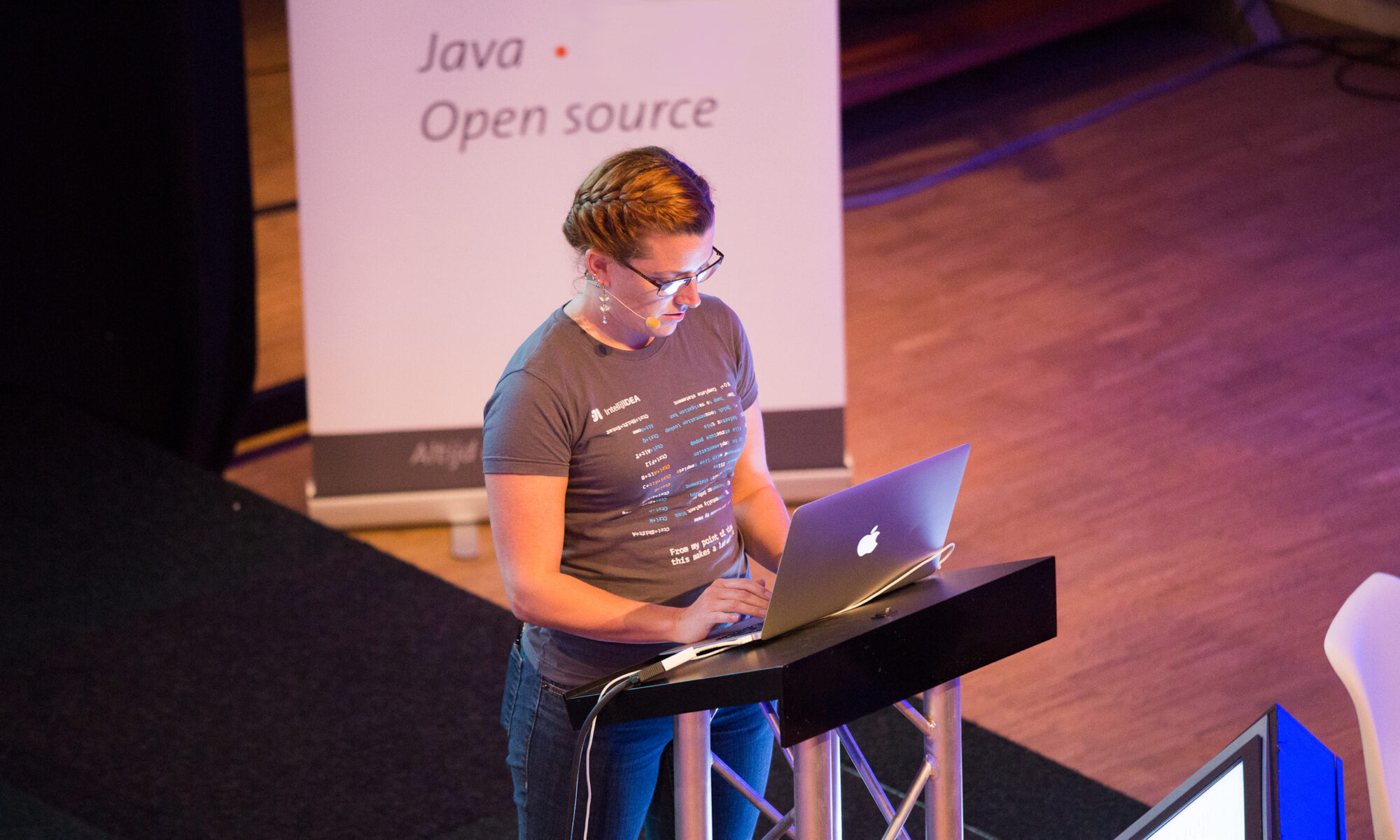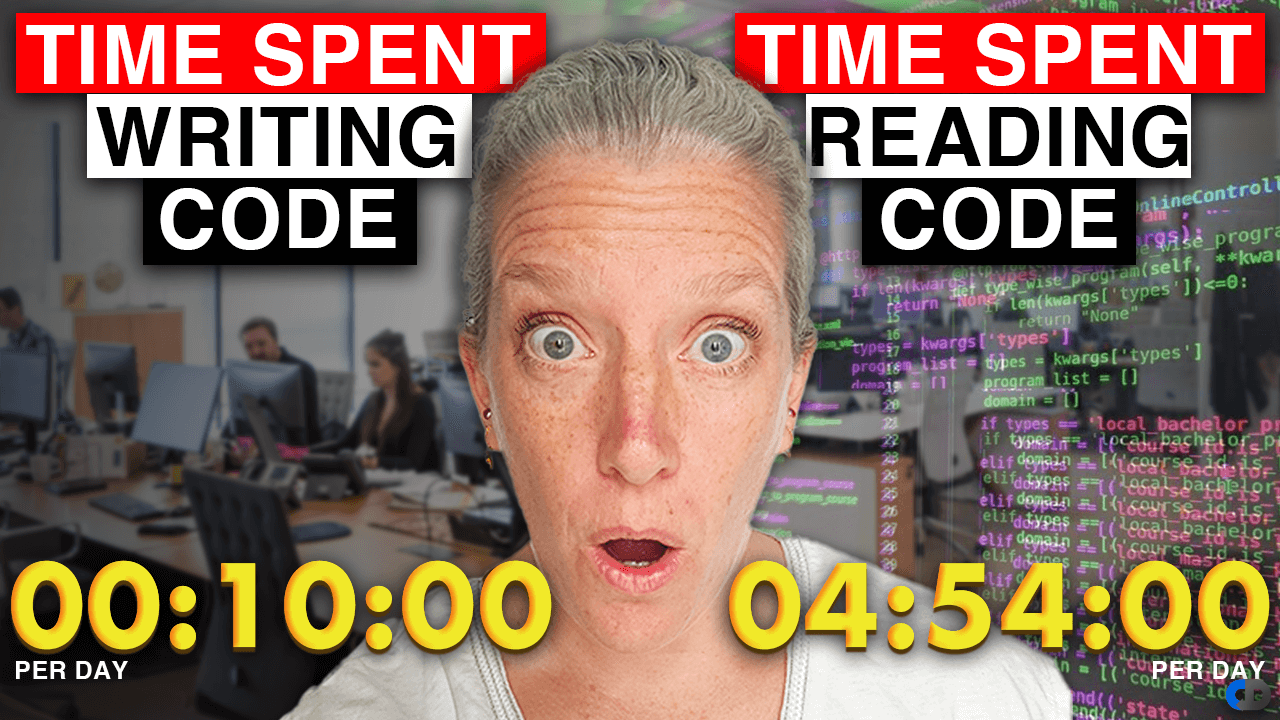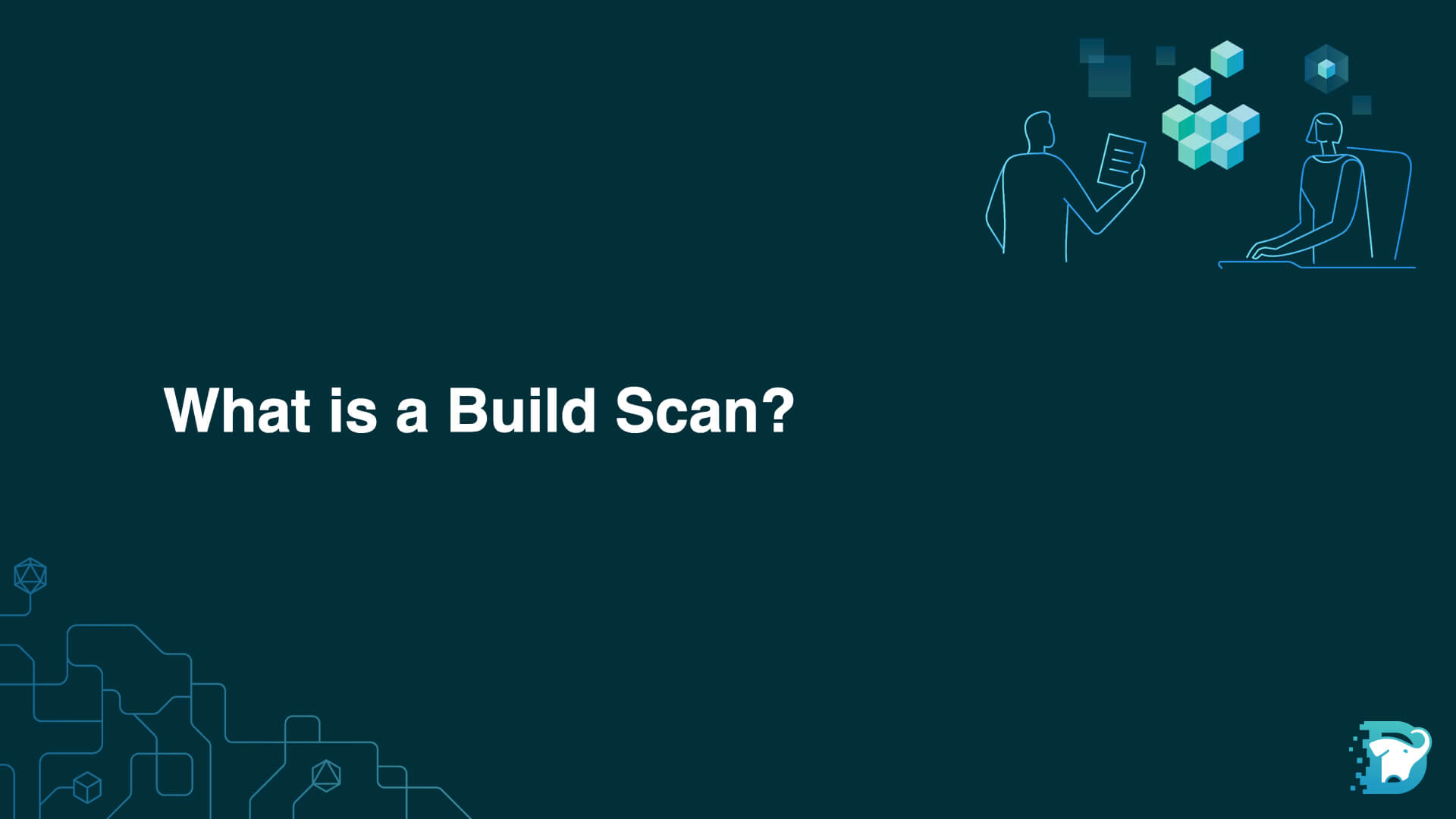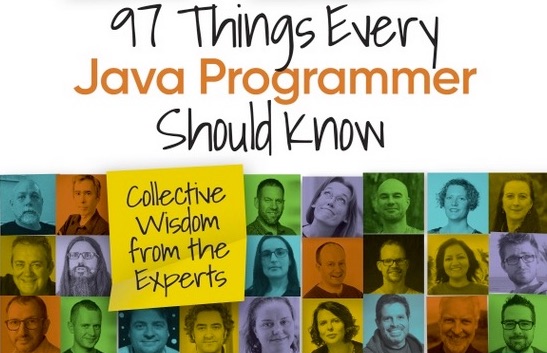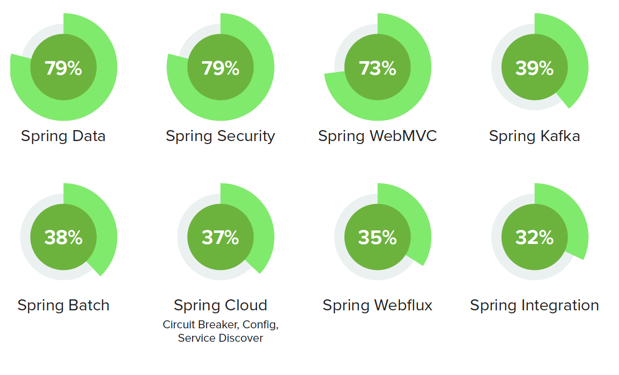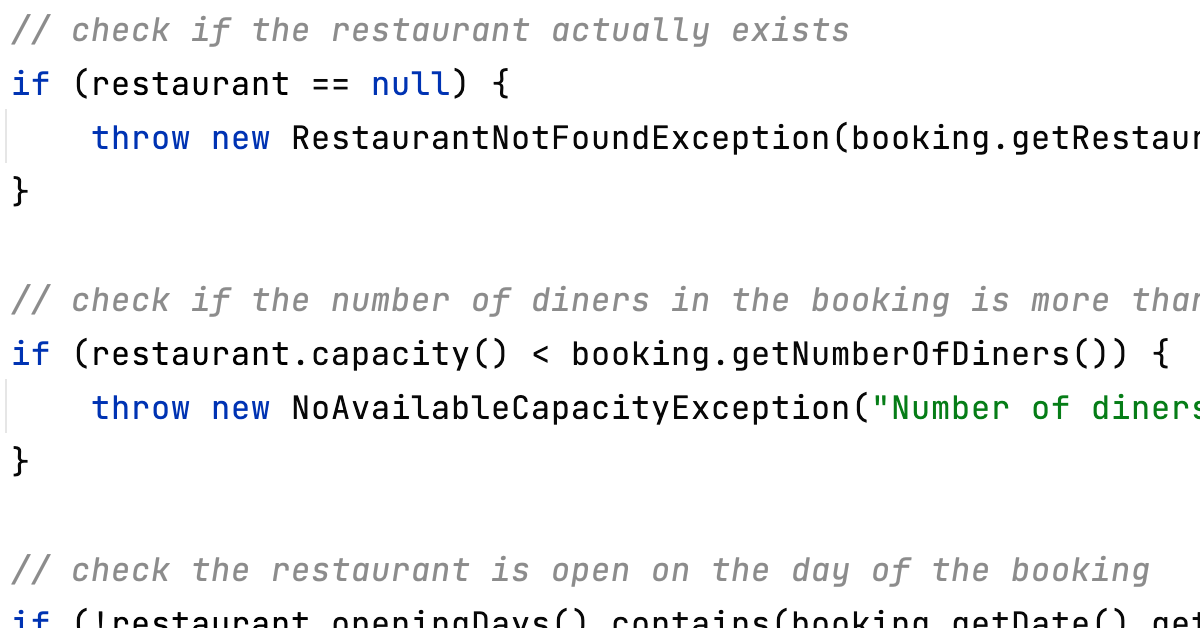Preface to 97 Things Every Java Programmer Should Know
The mind is not a vessel that needs filling, but wood that needs igniting.
Plutarch
What should every Java programmer know? It depends. It depends on who you ask, why you ask, and when you ask. There are at least as many suggestions as there are points of view. In a language, platform, ecosystem, and community that affects the software and lives of so many people, and has done so from one century to the next, from one core to many, from megabytes to gigabytes, it depends on more than one could ever hope to cover in a single book by a single author.
Instead, in this book, we draw on some of those many perspectives to collect together for you a cross-section and representation of the thinking in the Java-verse. It's not every thing, but it is 97 of them from 73 contributors. To quote the preface of 97 Things Every Programmer Should Know:
With so much to know, so much to do, and so many ways of doing so, no single person or single source can lay claim to “the one true way.”. The contributions do not dovetail like modular parts, and there is no intent that they should—if anything, the opposite is true. The value of each contribution comes from its distinctiveness. The value of the collection lies in how the contributions complement, confirm, and even contradict one another. There is no overarching narrative: it is for you to respond to, reflect on, and connect together what you read, weighing it against your own context, knowledge, and experience.
What should every Java programmer know? In the 97 things we have sampled, the answers span the language, the JVM, testing techniques, the JDK, community, history, agile thinking, implementation know-how, professionalism, style, substance, programming paradigms, programmers as people, software architecture, skills beyond code, tooling, GC mechanics, non-Java JVM languages… and more.
In the spirit of the first 97 Things books, each contribution in this volume follows a nonrestrictive, open-source model. Each contribution is licensed under a Commons Attribution 4.0 License. Many of the contributions also first appeared on the 97 Things Medium publication.
All these things are fuel and fire for your thoughts and your code.
